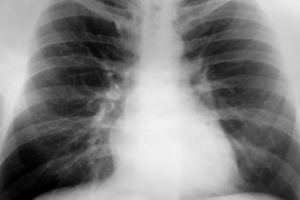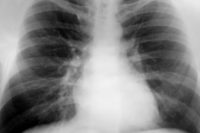 New health research gives hope to workers and residents exposed to toxic dust and fumes after the collapse of the World Trade Center towers on 9/11.
New health research gives hope to workers and residents exposed to toxic dust and fumes after the collapse of the World Trade Center towers on 9/11.
A study finds that some of those people have shown gradual improvement in lung function, indicating that airway injury is reversible in at least some cases.
Researchers analyzed the results of repeated lung function tests in more than 900 people exposed to the WTC site during or after the terrorist attacks. At the first evaluation, the patients had a "restrictive" pattern of lung-function abnormalities and approximately 86 percent had breathing-related symptoms.
The patients had an average of three lung function tests performed up to six years apart. Two measures of the ability to exhale air from the lungs -- forced vital capacity and forced expiratory volume in one second -- increased by an average of 1 percent or more per year, Dr. Joan Reibman, of the New York University School of Medicine, and colleagues found.
People with different types of exposure had different patterns of improvement in lung function. People who worked near the World Trade Center had the least improvement, while rescue and recovery workers had greater improvement, according to a journal news release.
Despite the improvement, lung function remained below normal for all groups of patients. The study also found that patients who were heavy smokers had no long-term improvement in lung function.
The findings reinforce the importance of continued treatment for patients with airway injury, the researchers said. Similar long-term evaluation and follow-up may be needed for people with such injury caused by other environmental disasters, they added.
The study was published in the October issue of the Journal of Occupational and Environmental Medicine.


